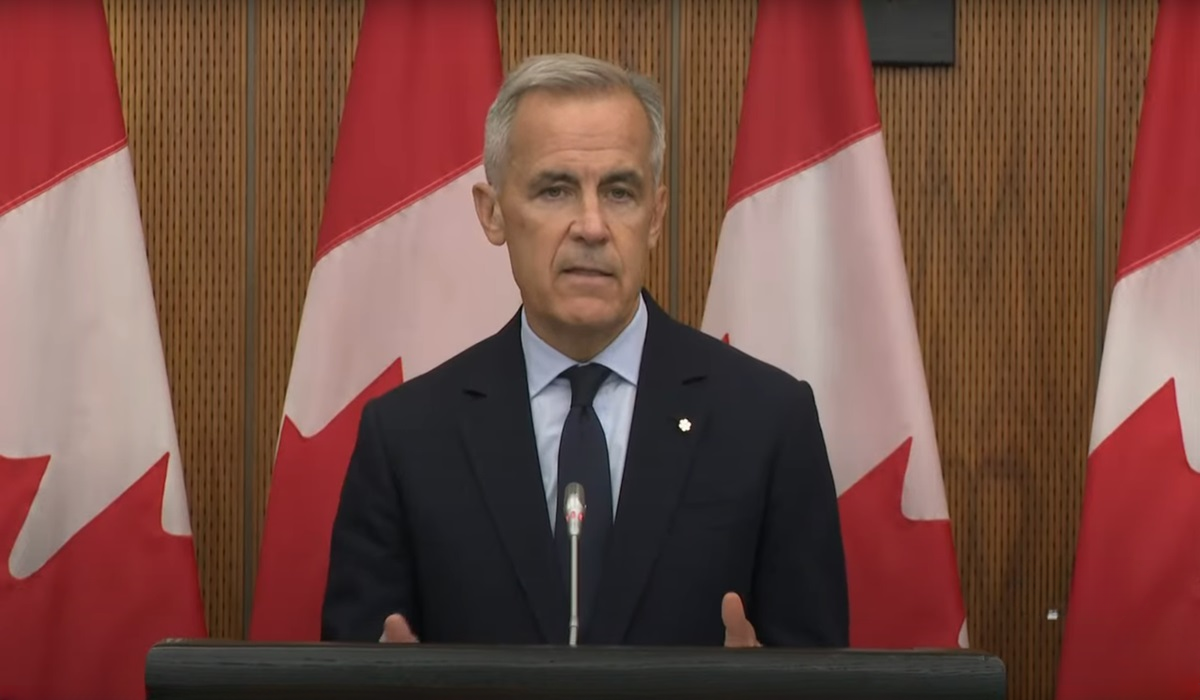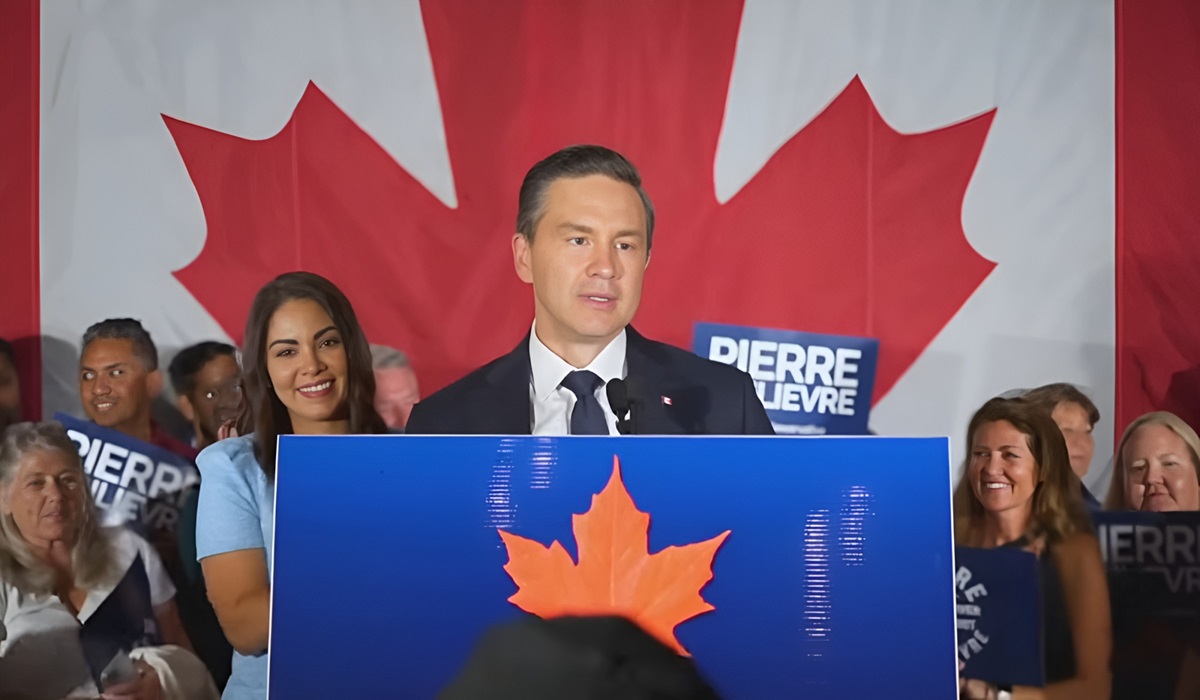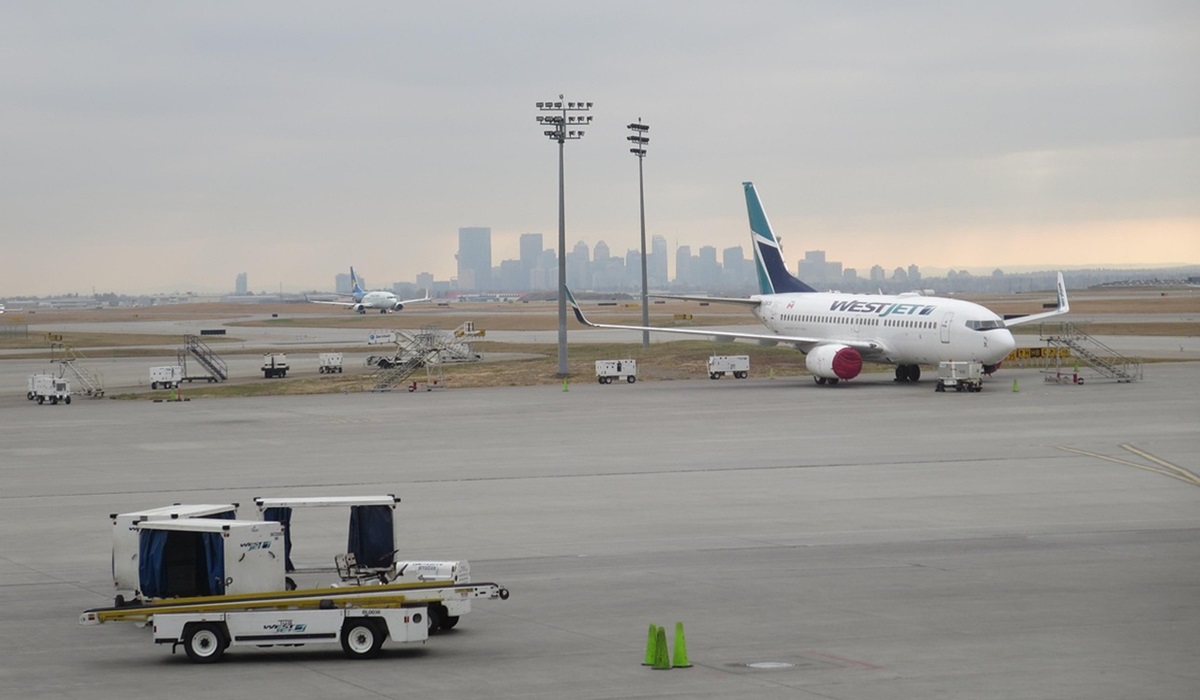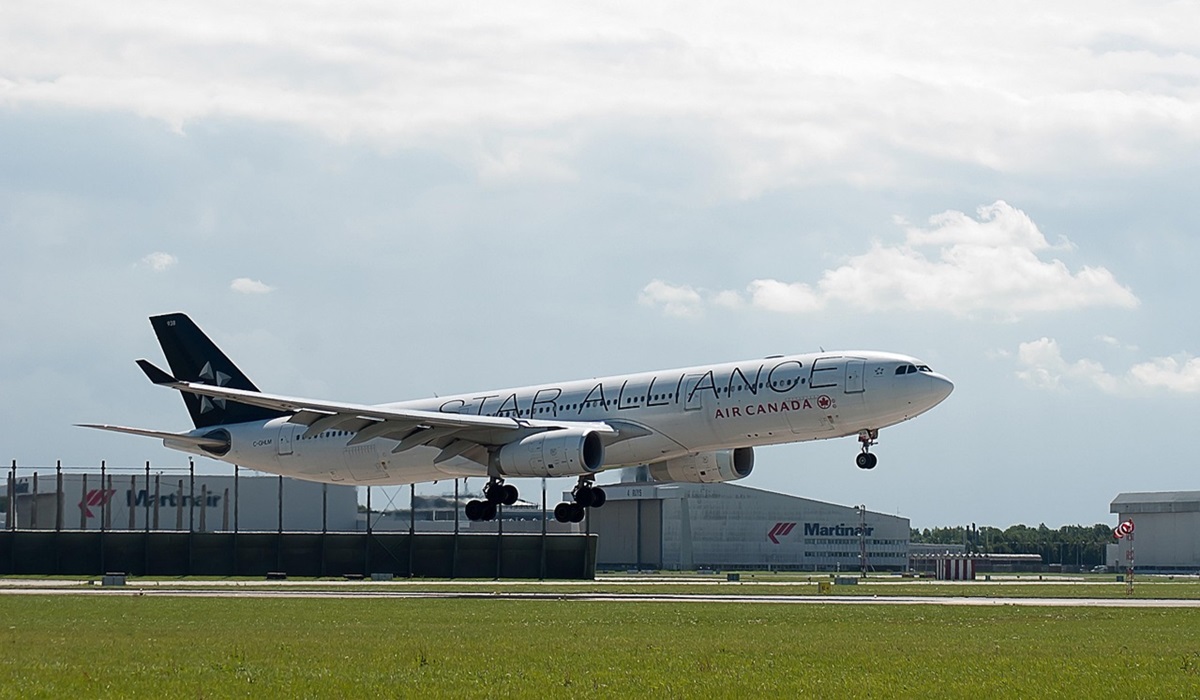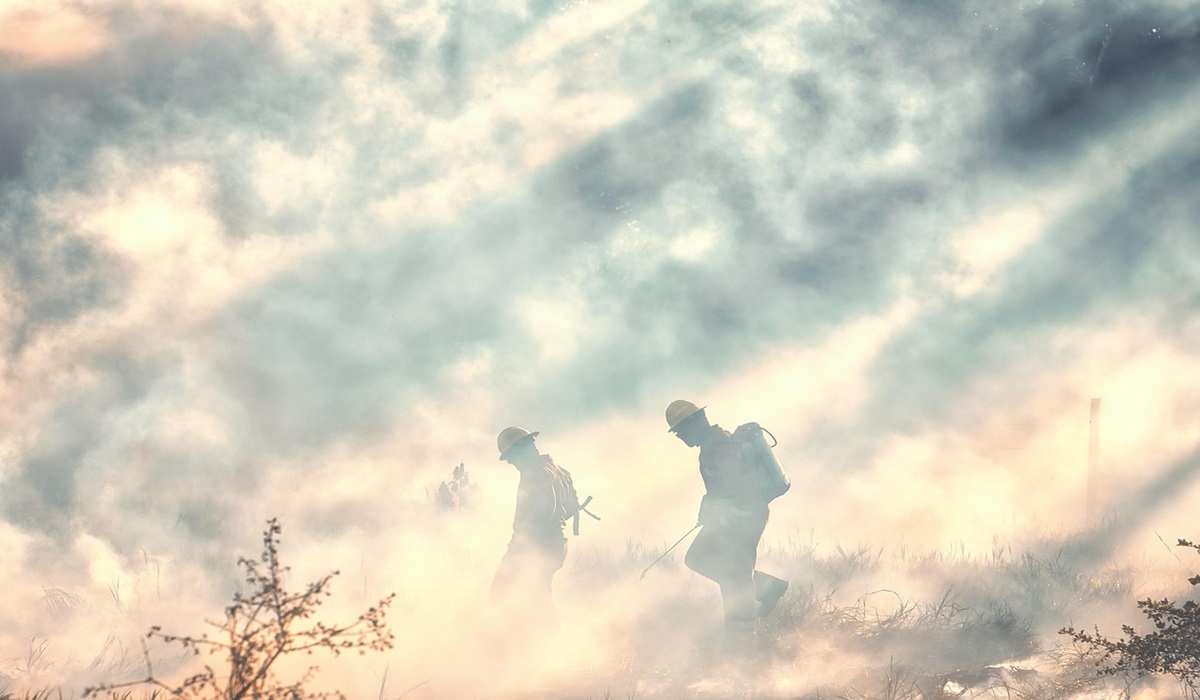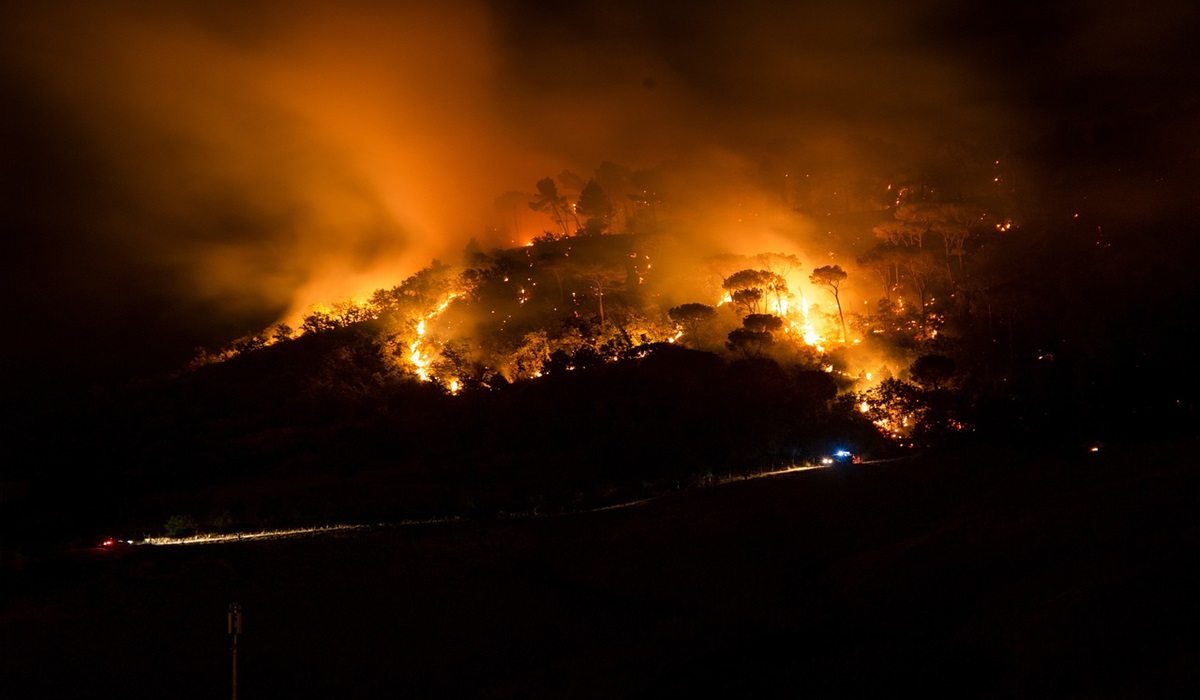Carney’s Kyiv Visit Sparks Debate as Canada Pours Billions More into Ukraine War
- Ingrid Jones
- Canada
- August 24, 2025
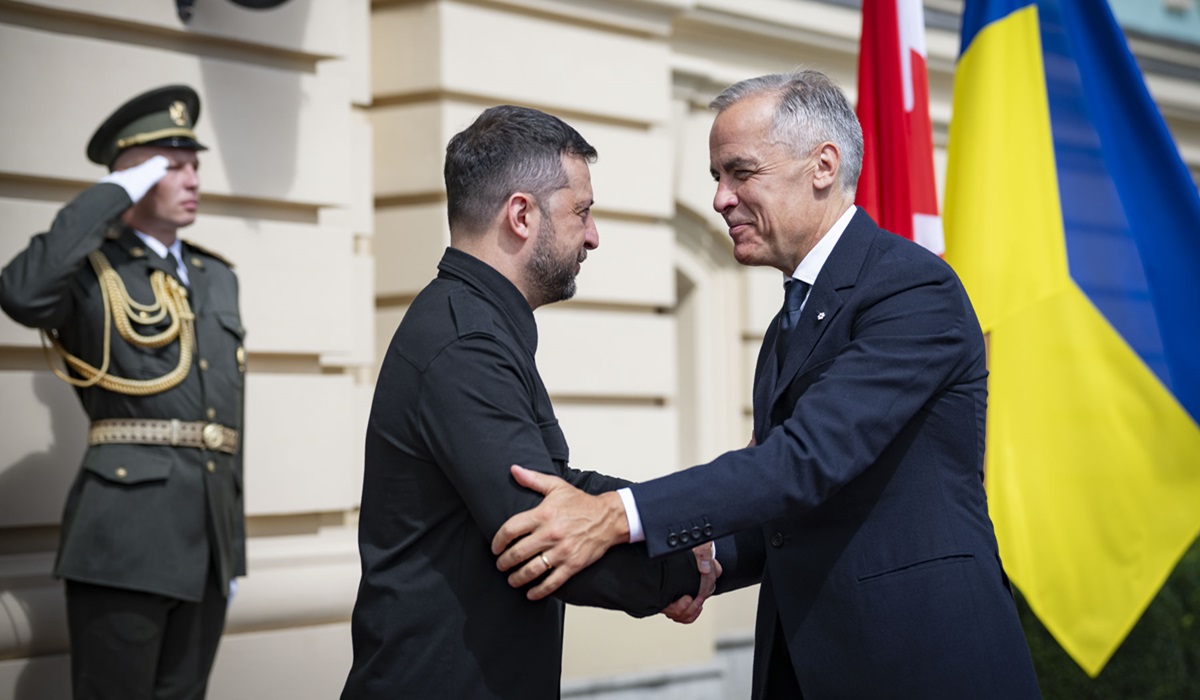
Canadian Prime Minister Mark Carney made his first trip to Kyiv on August 24, a clandestine but symbolic journey that coincided with Ukraine’s Independence Day celebrations. The visit, which was not announced until after his arrival, saw him stand side by side with President Volodymyr Zelensky at a moment charged with historical weight. The trip underscored Canada’s ongoing commitment to Ukraine’s sovereignty and offered a powerful image of solidarity as Russia’s war continues with no clear end in sight.
Carney’s arrival in Kyiv followed a pattern of “iron diplomacy,” a method adopted by Western leaders to reach Ukraine safely. With Ukrainian airspace still largely closed to civilian and government flights, he traveled through Poland before taking a secured train into the Ukrainian capital. Though this mode of arrival has become almost routine for wartime visits, it nevertheless carries a quiet symbolism: Western leaders are willing to put themselves physically on the ground in Kyiv, even if for only a short time, to demonstrate their resolve. For Carney, a prime minister still relatively new on the global stage, it was an unmistakable statement that Canada intends to remain deeply engaged.
The timing of the visit is as important as the trip itself. Just weeks earlier, Canada confirmed a new $2 billion military aid package, the latest installment in what has now become over $6.5 billion in defense assistance since 2022. This fresh commitment includes drones, helicopters, ammunition, and expanded training for Ukrainian F-16 pilots. Yet perhaps more significant than the equipment is the strategic pivot embedded in the announcement: Canada is no longer just a donor of weapons, it is positioning itself as a partner in Ukraine’s defense industrialization. Plans are underway for joint ventures to produce equipment locally, create sustainable defense supply chains, and integrate Canadian firms into Ukraine’s reconstruction and security future.
Supporters of the government argue that this is not just about Ukraine’s survival. It is also about defending democracy against authoritarian aggression and shoring up Canada’s place in an increasingly unstable world order. They note that by helping to build Ukraine’s military production capacity, Canadian industries—from aerospace firms to advanced drone developers—may benefit through contracts, exports, and technological innovation. It is a long-term strategy that could strengthen both countries.
Still, at home, questions abound. Many Canadians are asking whether pouring another $2 billion into what some perceive as an unwinnable war is the best use of taxpayer money. The country is wrestling with its own economic challenges, from rising costs of living to health care shortfalls to infrastructure demands. Critics argue that while Ukraine may need weapons and support, Canadians at home need relief and investment. For them, the prime minister’s trip and the aid announcement highlight a government more focused on geopolitics than on the struggles of its own people.
Russia, for its part, has dismissed the visit and reiterated its rejection of peace talks framed by NATO and the United States. Moscow insists that any settlement guaranteeing Ukraine’s security is unacceptable, leaving little room for the kind of negotiations that could end the war. Against this backdrop, Canada’s gestures of solidarity, however symbolic, risk being viewed as deepening an unwinnable stalemate.
Carney’s unannounced visit to Kyiv, therefore, has layered meaning. On one level, it is an affirmation of Canada’s moral and strategic support for a country fighting for its survival. On another, it reflects Ottawa’s calculation that investing in Ukraine’s defense industry could yield dividends in global security and in Canadian economic opportunity. Yet it also brings into sharp relief the tension between global commitments and domestic needs. For the ordinary Canadian wondering about the cost of groceries, rent, or medical care, a $2 billion military package to a distant war may feel out of step with immediate priorities.
The prime minister’s presence in Kyiv was a striking image of loyalty on the international stage, but it leaves open the central question: at what cost should Canada continue to champion a war that shows no sign of ending, and what message does that send to those struggling back home? The answers to those questions may define not just Canada’s role in Ukraine, but Carney’s legacy as prime minister.

